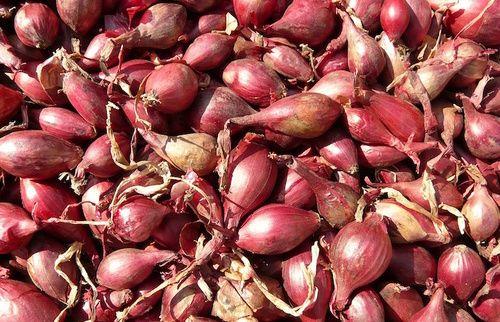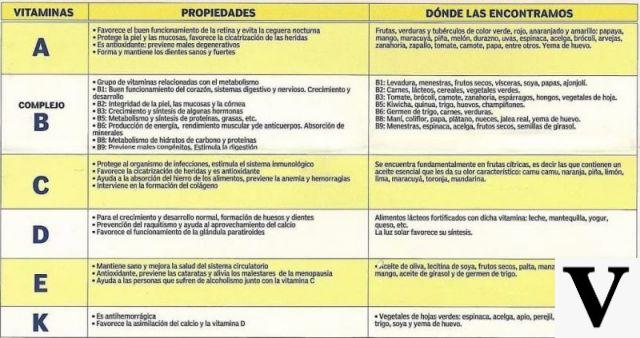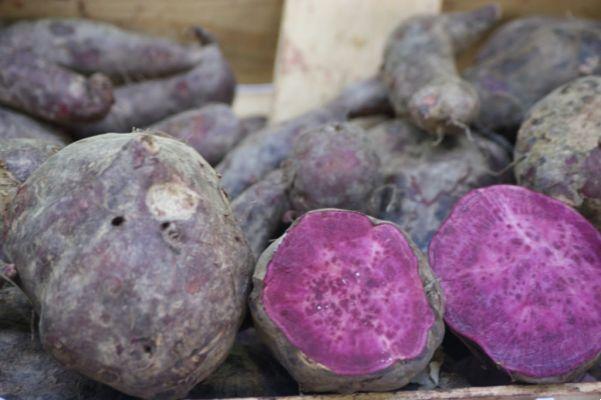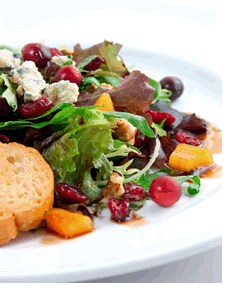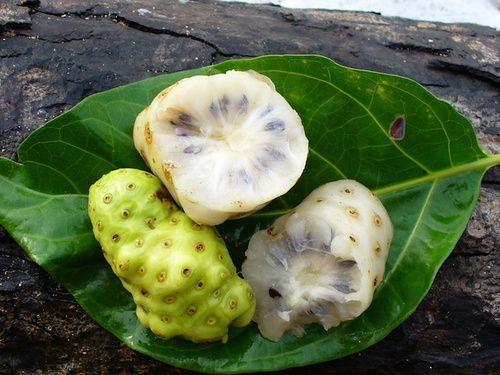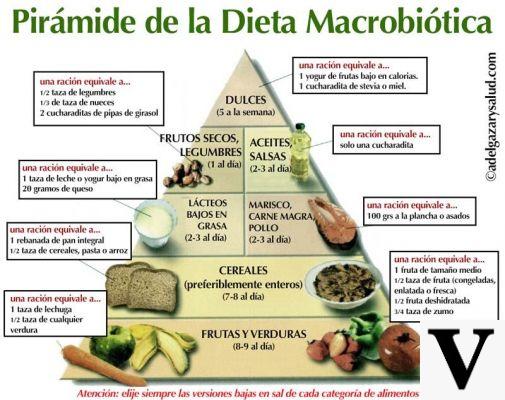
The macrobiotic diet is a real lifestyle; it embraces oriental culture and philosophy, contrasts consumerism and places itself in conflict with the frenetic pace of today.
To adapt to the macrobiotic diet it is essential to modify the dietary approach as a whole; nutrition acquires a fundamental importance in the balance between body and mind; not for nothing, the term macrobiotic originates from the Greek (makros + bios) and means great / long life.
In reality, the contemporary macrobiotic diet is nothing more than the commercialization of a very ancient style of food; it was born in the East several millennia ago but was exported to the West (America) between the end of the nineteenth century and the beginning of the twentieth century. Its first popularizer was a Japanese doctor, Nyioti Sakurazawa, who spread the first theories on the wholesomeness of the macrobiotic diet by observing and imitating the nutrition of Buddhist monks.
Advocates of the macrobiotic diet pursue healthism by achieving balance between Yin and Yang; the choice of foods is made precisely on this criterion, distinguishing acid-Yin foods (milk and derivatives, fruit, tea, spices, etc.) and alkaline-Yang foods (salt, meat, fish, chicken, eggs, etc.). The macrobiotic diet seeks compensation in the association of these foods and promotes some considered "naturally balanced" (cereals, legumes and oil seeds).
The macrobiotic diet abolishes sophisticated foods and favors naturally produced foods; it repudiates sugar and sweets, promotes fruit and vegetables with the exception of tomatoes, potatoes and aubergines. It prefers fish products to meat, it is not recommended to exceed with: milk and derivatives, spices, ground salt and coffee (replaced by other drinks). The macrobiotic diet takes care of chewing in order to guarantee digestive efficacy and gustatory satisfaction.
One of the advantages of this style of food is undoubtedly the high intake of liquid or soupy foods which induces a reduction in the need for water and favors the absorption of cooking solutes.
The macrobiotic diet provides a rather good protein percentage but mainly of vegetable origin; the intake of carbohydrates guarantees coverage of energy needs and prefers unrefined foods containing dietary fiber. The division between complex carbohydrates and simple carbohydrates (deriving from fruit and vegetables) is adequate. The lipid content is a bit scarce, moreover, almost totally excluding the condiments, the ratio between saturated and unsaturated fatty acids is not the best; however, the habit of preferring fish to meat and the high consumption of vegetables favor the achievement of the recommended intake levels of essential lipids (omega 3 and omega 6).
The big defect of the macrobiotic diet consists in the applicability of the food principles; it is an exclusive reserved for supporters of oriental philosophy, while the principles of a healthy and correct diet should not be limited by any philosophical and / or cultural tendency.
Macrobiotic diet and health
The macrobiotic diet can be followed at different levels; at less drastic levels it is mostly vegetarian (even if it includes some animal products, such as fish) and is made up of large quantities of unrefined cereals and small quantities of locally produced seasonal fruit and vegetables. The more drastic level, on the other hand, is based exclusively on whole grains and undoubtedly has caused considerable damage to the image of a diet which, with moderation and wisdom, certainly has advantages.
A macrobiotic diet that does not involve health risks must include all the foods listed below.
- Whole grains. Whole grain rice, oats, barley, wheat, buckwheat, corn, rye and millet and products derived from their whole wheat flour, such as bread, pasta and couscous.
- Vegetable and seaweed. a large variety of fresh vegetables is recommended. Seaweed is used to enhance the flavor and nutritional value of many dishes.
- Legumes. Lentils, chickpeas, beans, peas and soy products, such as tofu (a kind of soy cheese).
- Soups. Usually made with beans and lentils and particular products of the East, such as the very tasty miso, obtained from fermented soybeans, shoyu, a dark soy sauce.
- Fruit. A fresh fruit salad of the season, which should include some citrus fruits. It is always necessary to use very fresh fruits, and, where possible, to choose local products.
- Seeds, nuts, spices and fish. Sesame, sunflower and pumpkin seeds, peanuts, hazelnuts, walnuts and dried chestnuts.
- In moderation, sea salt, ginger, mustard, apple cider vinegar, garlic, lemon and apple juice can all be used to enhance the flavor of a dish.
- Non-vegetarians can add three small portions of fish each week. The yang quality of fish and seafood must be balanced in the same meal with portions of leafy vegetables, cereals or legumes.
Macrobiotic Recipe Example
Tofu con Alga Wakame
Problems with playing the video? Reload the video from youtube.
- Go to the Video Page
- Go to the Video Recipes Section
- Watch the video on youtube








